Finding Home Beneath the Tetons
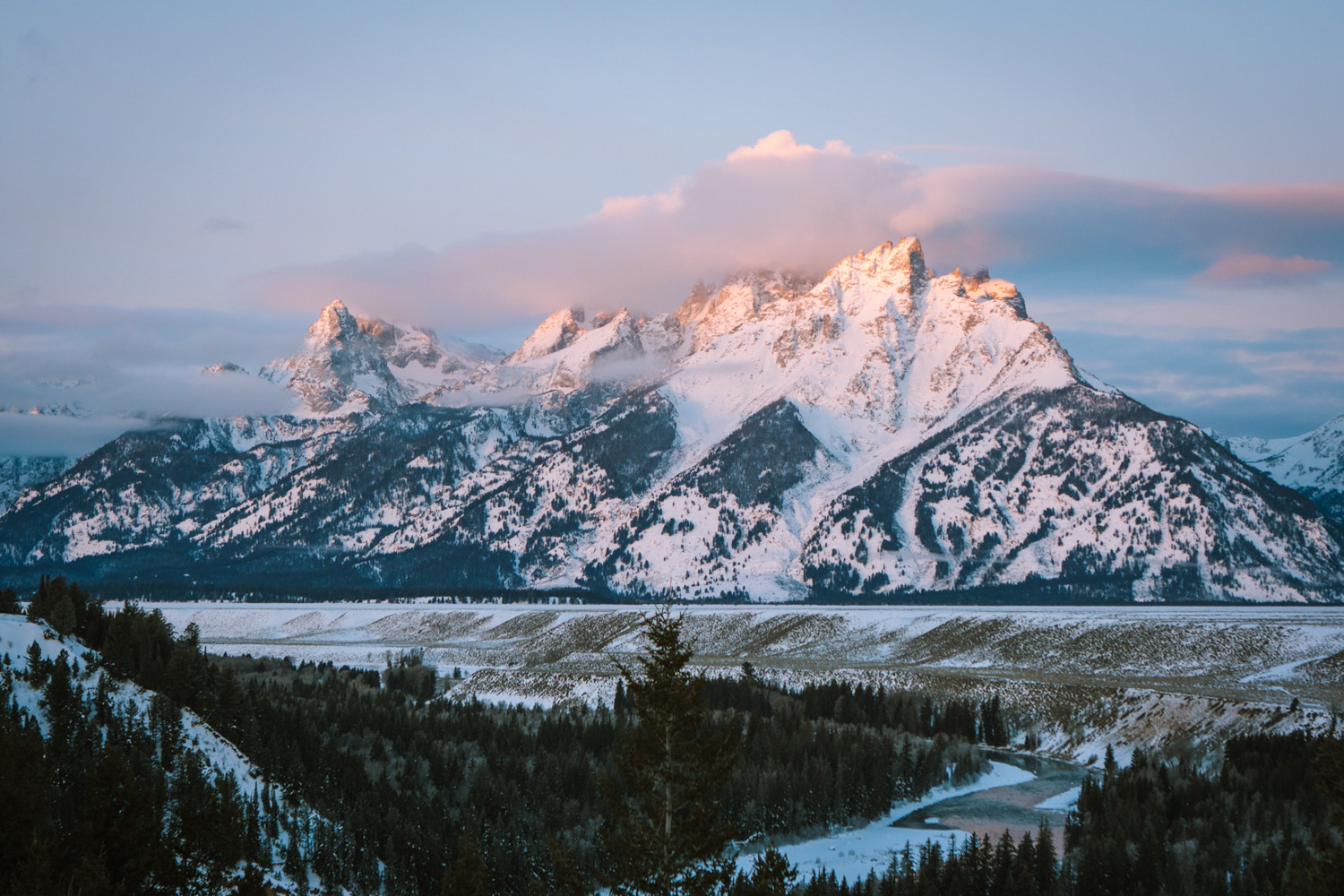
Finding Home Beneath The Tetons
Words and photos by Katie Cooney
It’s easy to love a place like the Tetons, but it’s hard to know it like the locals do. Photographer and artist, Katie Cooney, takes us on a year-round photo journey of her home—in the memory-imbued shadows of beloved peaks.
Teton Valley, Idaho
“Lucky girls live in Idaho,” I think to myself as I chase our puppy, Newt, up the forested trail just a half-mile from our house. I am fortunate enough to call the Teton Range on the border of Idaho and Wyoming my home.
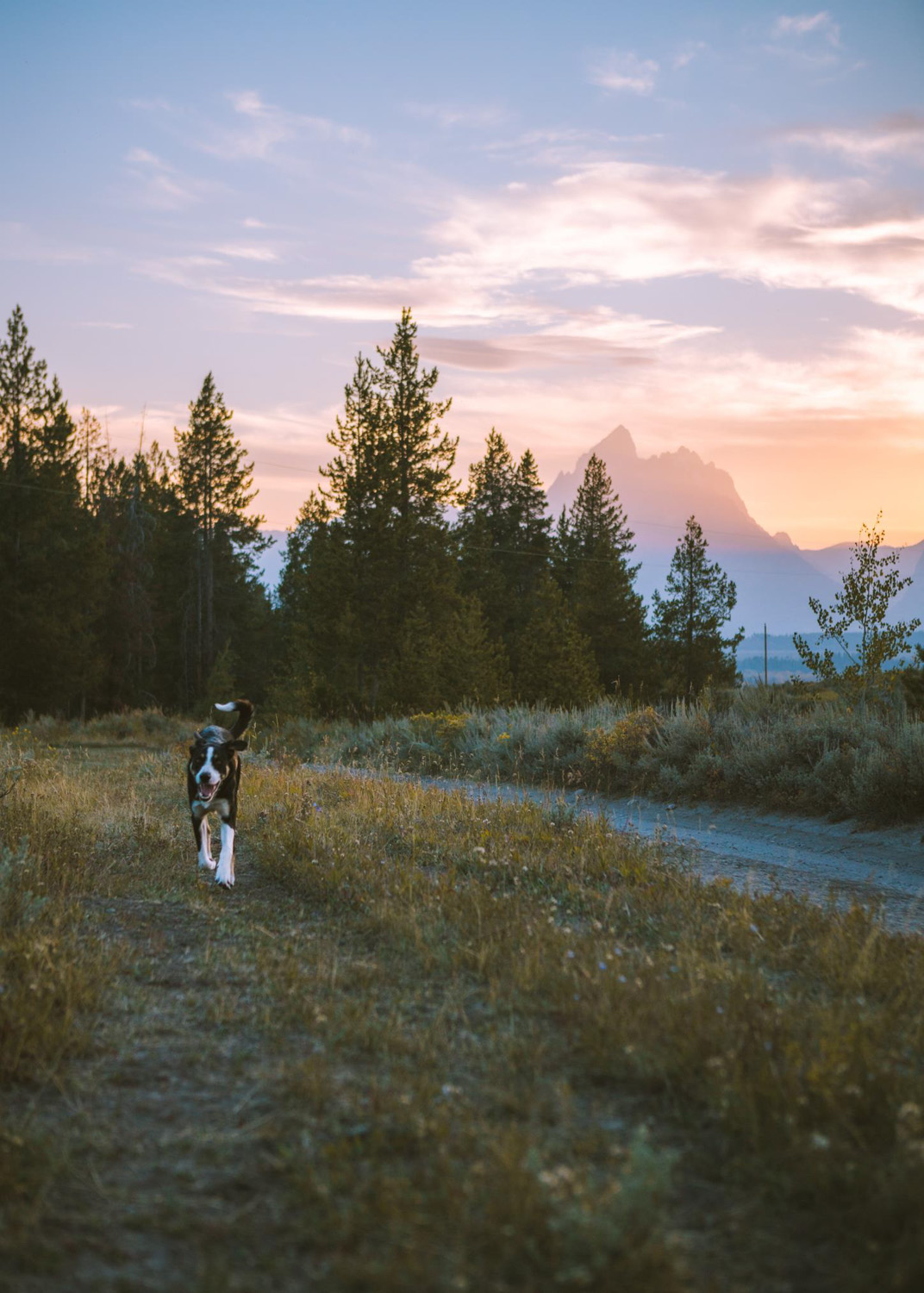 I live on the Idaho side of the Tetons, just across the mountains from one of the Nation’s favorite National Parks. You’ve probably heard of it, maybe even been here. Does Grand Teton National Park ring a bell?
I live on the Idaho side of the Tetons, just across the mountains from one of the Nation’s favorite National Parks. You’ve probably heard of it, maybe even been here. Does Grand Teton National Park ring a bell?
It’s easy to understand why the Tetons saw nearly 5 million visitors in 2017. The Teton Range soars abruptly into the sky above a wide, lush valley divided by the meandering Snake River.
The casual roadside-pullout sunset viewer can love these mountains just as dearly as the mega-fit locals who climb the Grand Teton several times in a year. There are myriad ways to enjoy the Tetons—and perhaps that’s part of what makes them so special.
In sitting down to write this piece, I realized just how attached I have become to this place. How can you possibly sum up your favorite place in the world in words?
This is the place that was there for me when my brother unexpectedly passed away in 2017. Spending time in these mountains has helped me find my way through my grief, to wherever I am today.
There are more canyons, valleys, alpine lakes, critters, wildflowers, and tall, tall pine trees than I really know what to do with… except get out there and explore them. Countless blisters and sunburns later, I’m finally starting to feel like I know these mountains.
I can’t recommend moving to the Tetons [or visiting October to April] if you’re not a fan of winter. The winters are long and cold, and if we’re lucky, very, very snowy. The days are terribly short in December–you’ll often leave the house before the sun has even thought about getting out of bed.
If you’re like me, you’ll marvel at the how different the landscape looks and feels covered in snow. You’ll get outside to play in our winter paradise every chance you get, soaking up every sunbeam that touches your face. Somewhere around mid-February, I begin to feel torn between my love of snow and skiing and fervently missing the feeling of being truly warm in the outdoors.

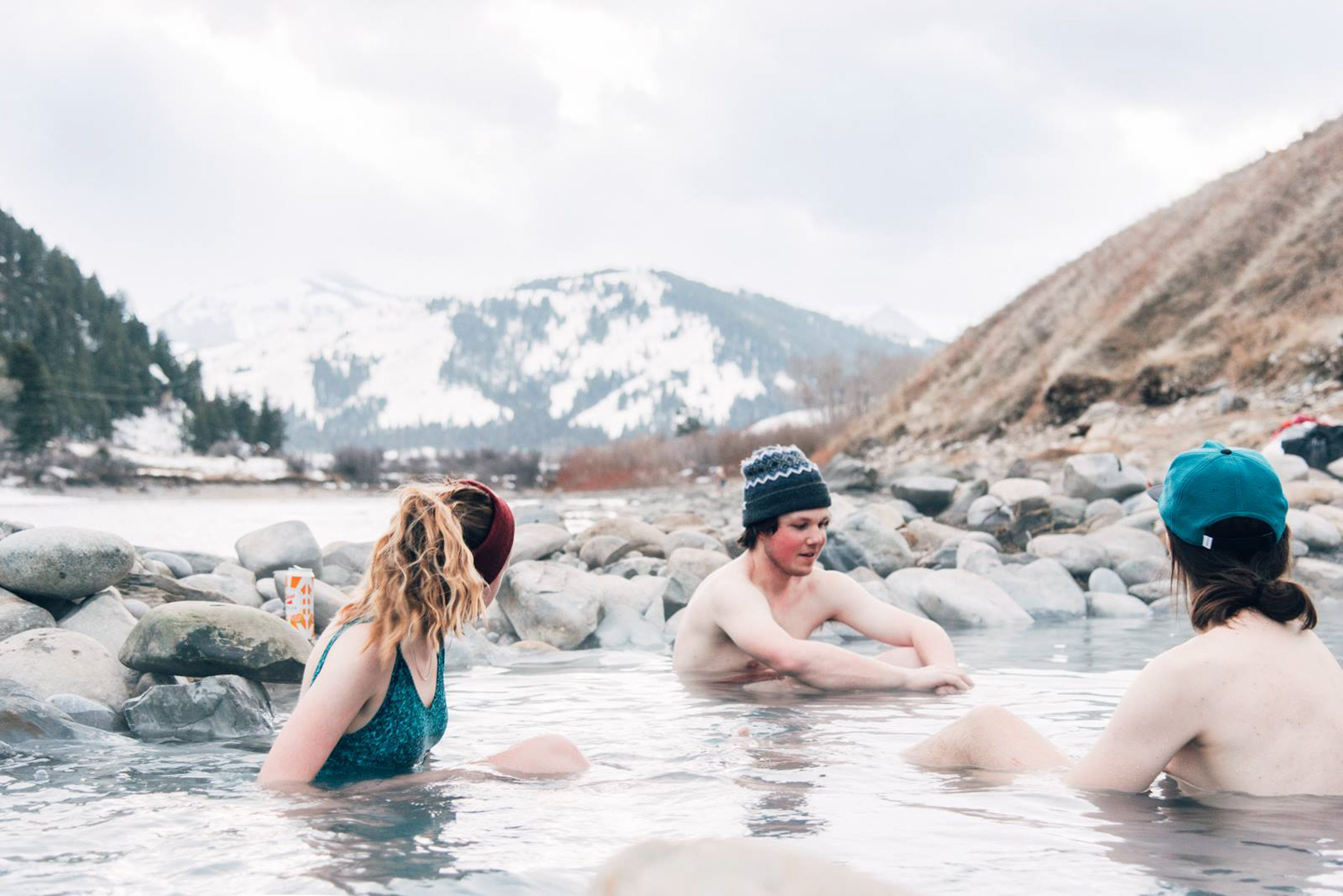
Seeking winter warmth in a thermal hot spring with friends.
Springtime unfolds slowly and quietly in the Tetons. Pieces of the valley start to peek out of the snow, and animals awaken to a backdrop of snow-covered mountains.
At any time, another storm could blow through and cover the valley in snow again. Eventually, the rivers and streams swell with snowmelt, and life trickles back into the hillsides.
Spring moves slowly uphill, though bits of winter cling desperately to shady areas well into June. Most things don’t truly spring back to life until, as far as the calendar is concerned, we’re well into summer.
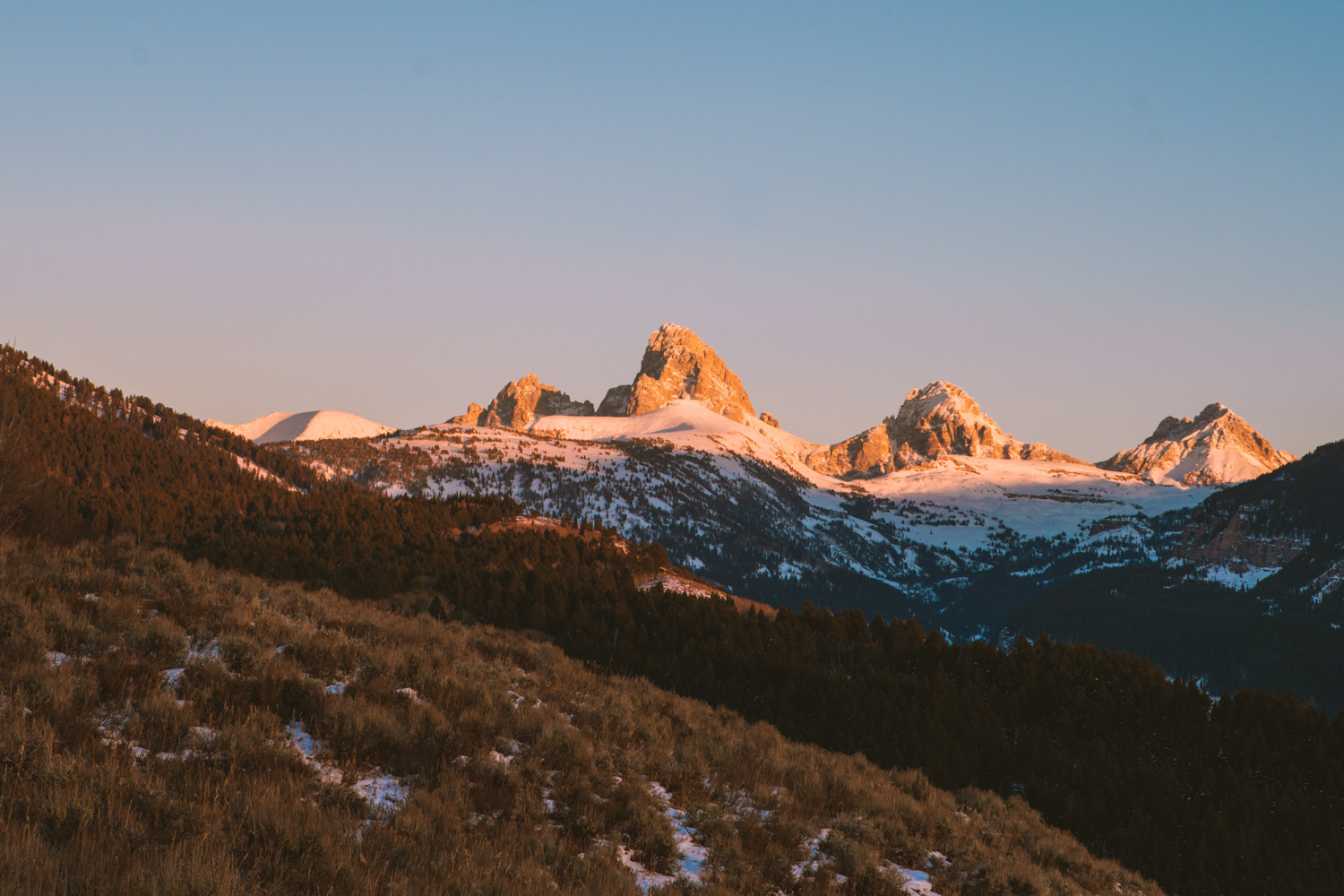
Summers in the Tetons feel like something out of a fairytale. One day, you’ll head outside, look up, and realize that everything is suddenly bright and green again. We have an average of 200 days of sunshine a year in the Tetons, most of which occur during the summer. Our summer rains come mostly in the form of 30-minute afternoon thunderstorms that sweep through the valley like clockwork every day.
Come July, wildflowers blanket the meadows in brilliant hues. I find myself imagining how I’d paint them, or how I can possibly try to capture the colors in a photograph. If you know where to find them, bountiful crops of huckleberries dot the brushy undergrowth. At low elevations, lakes become a swimmable temperature. If you’re feeling adventurous, maybe you’ll plunge yourself into one of the frigid high alpine lakes.
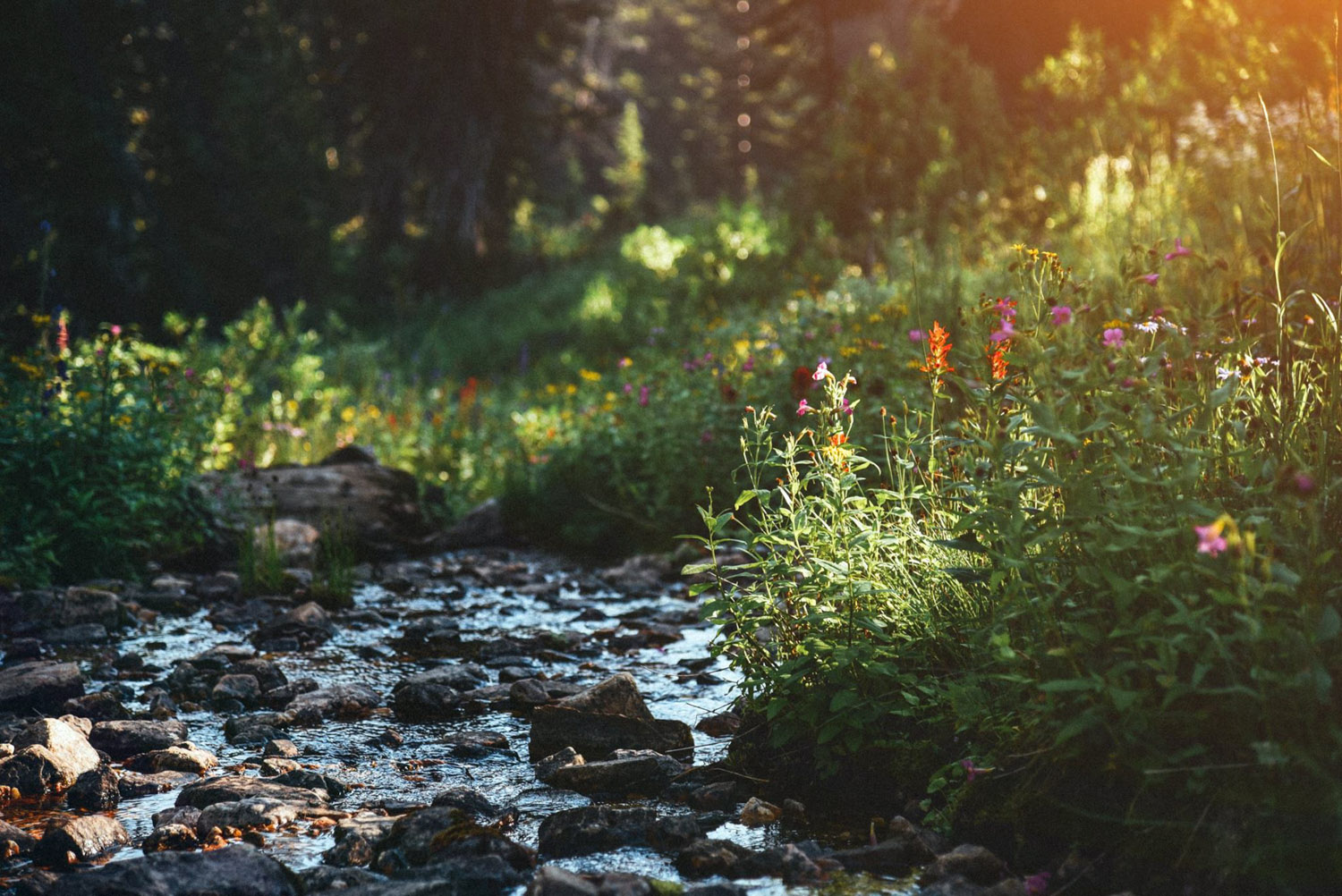
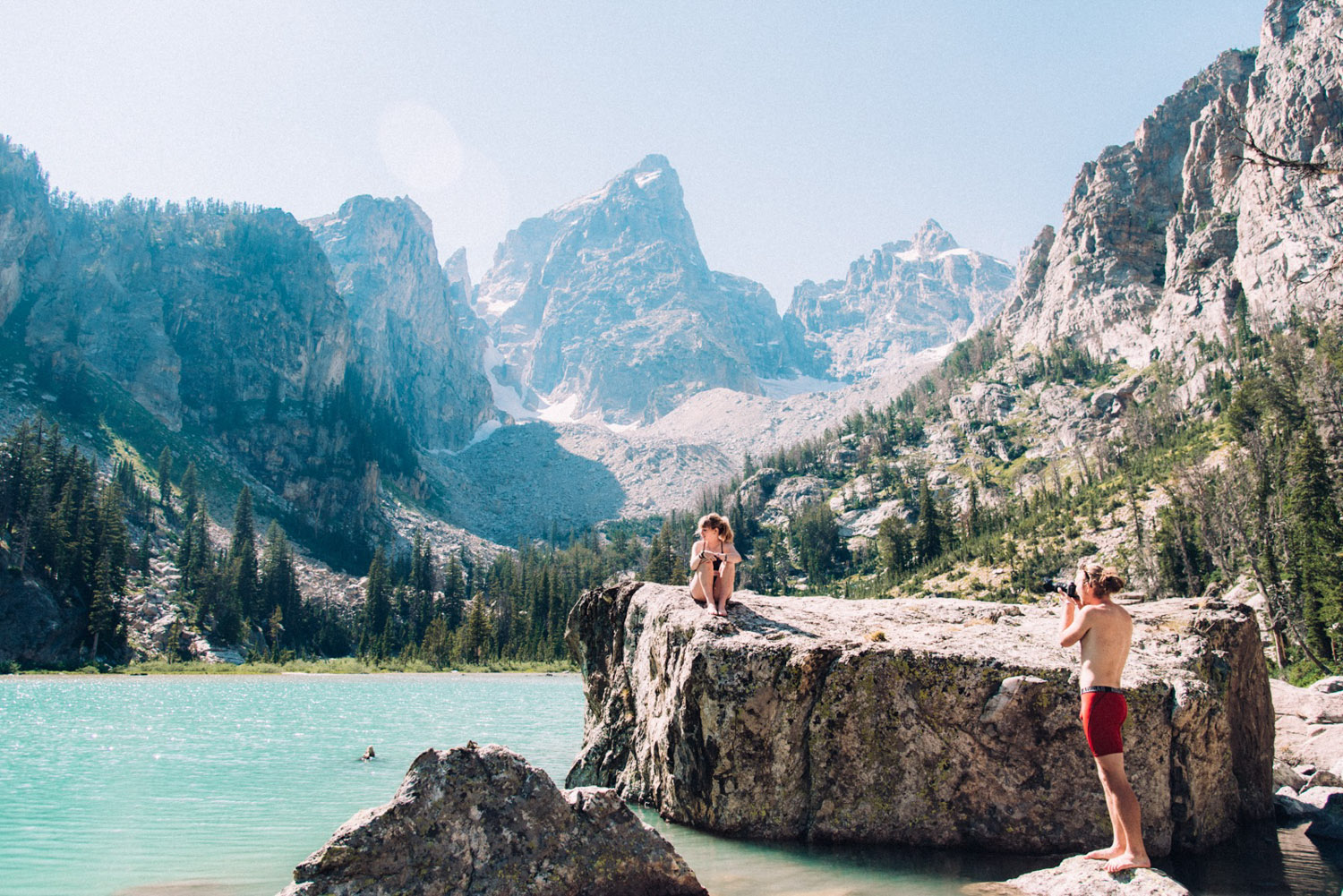
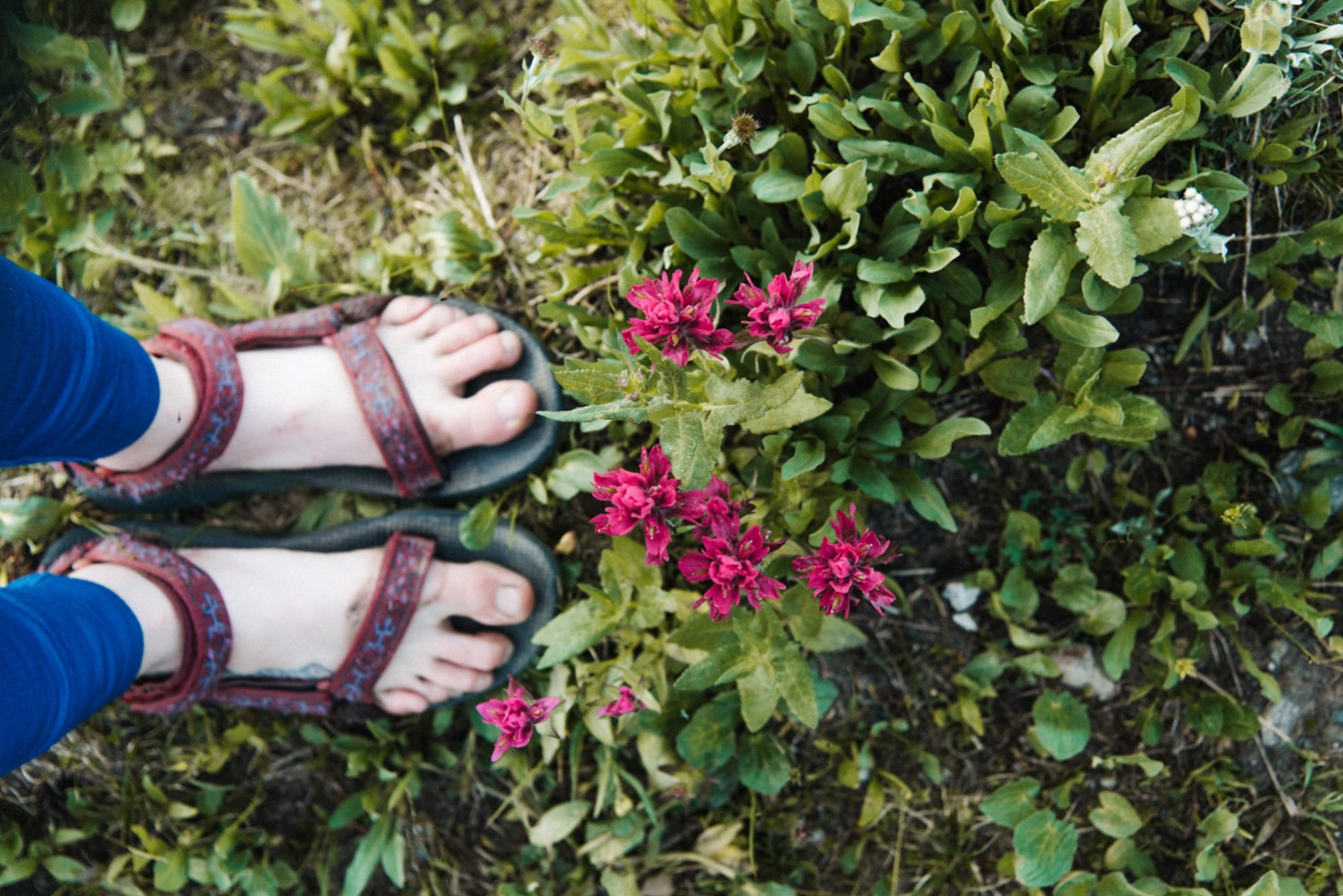
Wildflowers: “I find myself imagining how I’d paint them, or how I can possibly try to capture the colors in a photograph.”
By August, the thunderstorms bring the threat of wildfires. Whether or not we have our own fires, the geography of the area causes wildfire smoke to hang in the atmosphere, a rather unwelcome shroud against our brilliant blue skies. The hillsides begin to dry out, and wildlife head to higher elevations in search of greener pastures.
If you blink, you’ll miss autumn in the Tetons. Just like the coming of spring, the arrival of autumn is slow and indefinite. Warm days give way to cool nights, and we savor the last few hikes and bikes and runs and nights spent under the Milky Way. Often, the storm that brings our first snow is the same storm that strips away the shimmering golden leaves from the aspens. Before you know it, the snow will creep back down into the valley, and you’ll settle in for another long winter.
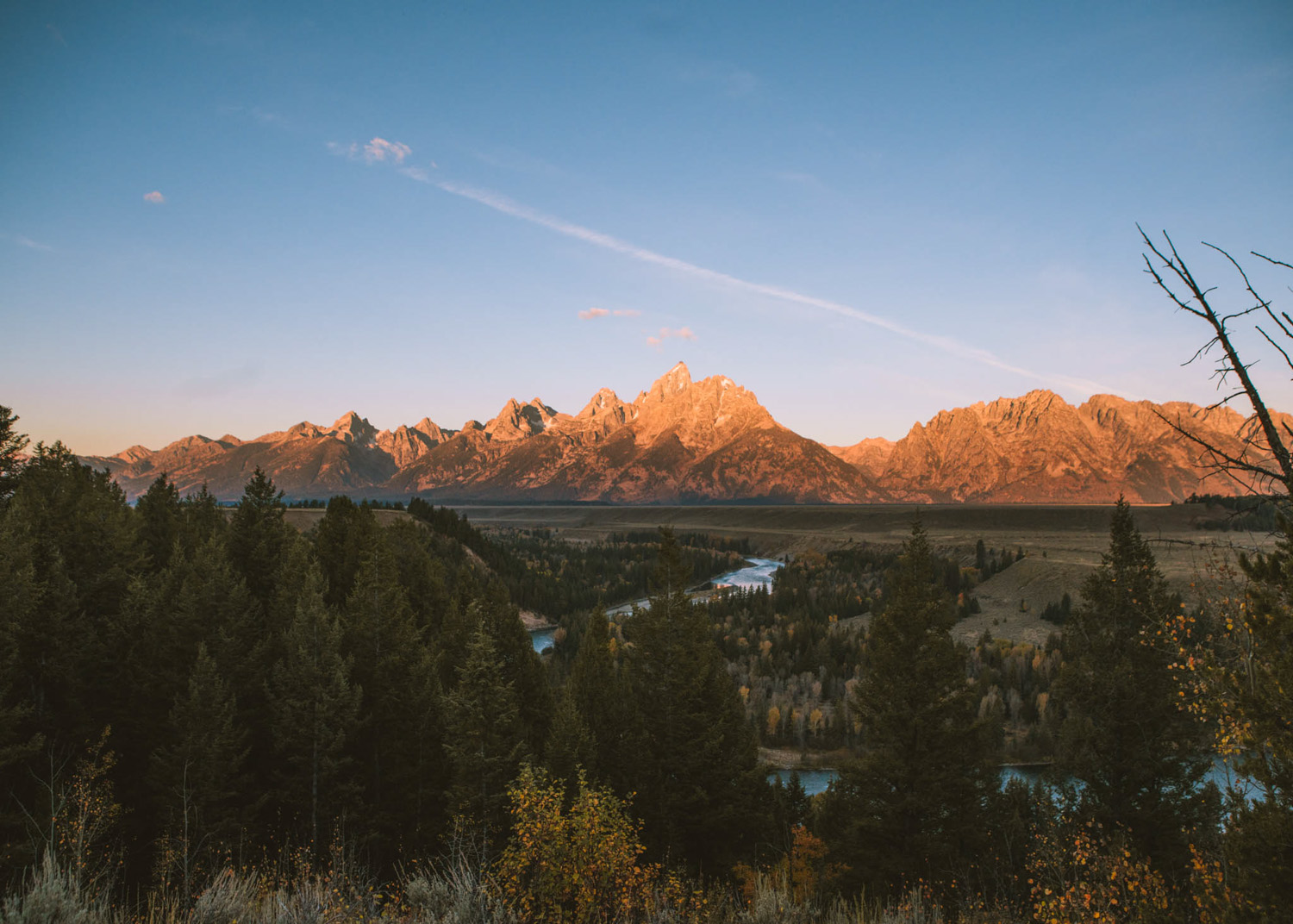
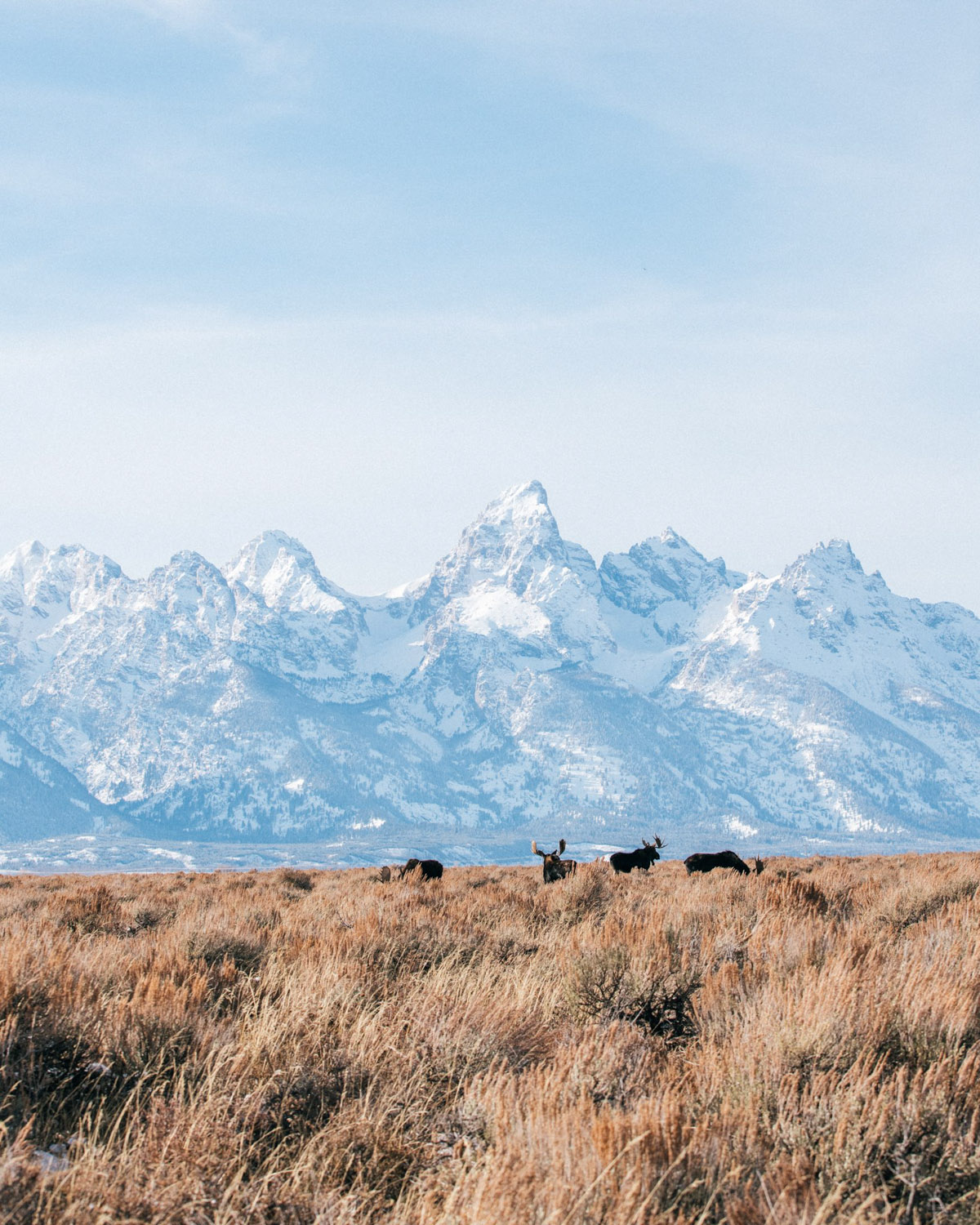
I can’t tell you how to get to know the Tetons. I can just tell you that if you do get the chance, you’ll never forget it. And if I do ever manage to extract myself from a life in these mountains, there will always be a piece of me here.
If you ask ten people what their favorite thing about the Teton is, you’ll probably get ten different answers. If you ask me… it’s that it’s home.
Katie Cooney is a photographer, artist and environmentalist living in the Tetons. Catch more of her work on Instagram and on her website.




Be the first to comment